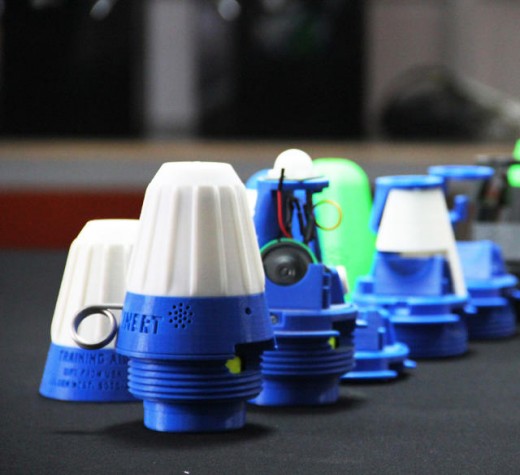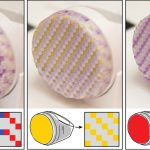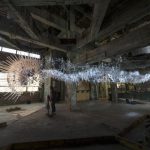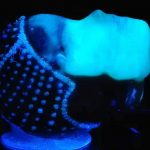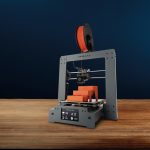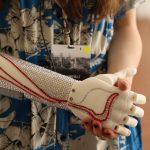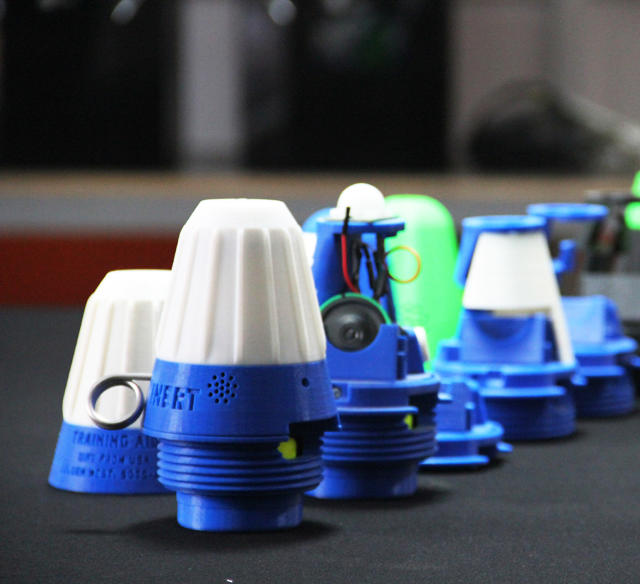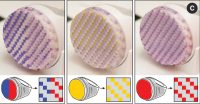the latest Weapon In Defusing Bombs Is 3D Printed
bring to mind it as a type of human anatomy fashions however for bombs.
could 28, 2015
lower the pink wire or the blue wire? unfortunately, defusing a bomb is a lot more complicated than that, frequently involving tiny, elaborate, subtle mechanical fuses that more carefully resemble the within of a geared clock than the wick of a bottle rocket.
In response, the Golden West Humanitarian basis—an international nonprofit that clears mines and bombs lingering after battle—has collaborated with MIT and the Singapore college of technology and Design on a better option to train specialists in bomb disposal. It’s called the advanced Ordnance educating materials (or AOTM), and it’s a set of 3-D printed models representing the 10 most common fuses present in bombs.
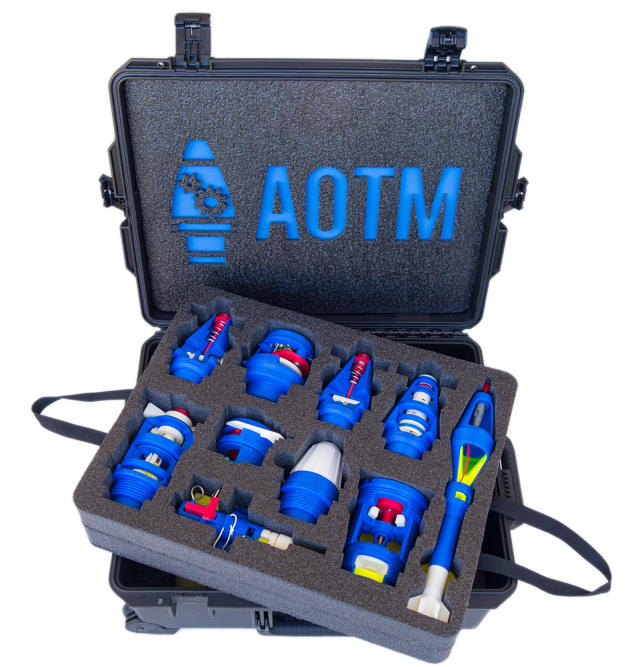
“the problem with the use of the actual thing (with the explosives removed, known as ‘inert ordnance’) is that the mechanisms are typically too small and obscured by using bodily features to realize an understanding of how they work,” writes Golden West’s design lab director, Allen Tan, by the use of e mail. “in contrast to a automotive engine, ordnance fuses had been designed to be manufactured after which used (exploded). They were never intended to be taken aside. when you do, they grow to be fragile and collapse easily.”
That leaves the obvious solution, which is what most people who are trained to defuse bombs use nowadays: printed schematics, like textbooks. but Tan insists that these schematics are problematical for 2 more causes: First, they’re 2-D, now not three-D. And moreover, firms like Golden West and the UN operate a majority of their bomb disposal work in places like Cambodia, where they need to train locals on the bottom who’ve incessantly had no formal schooling. “For them, finding out a technical arms-on job from a line drawing simply doesn’t make sense,” Tan explains.

Tan’s team spent over 1,000 hours translating fuses into greater scale mechanical replicates, modeling each and every of the one hundred forty four pieces used throughout the ten models from scratch. Their gears and pistons in reality move as they do in real fuses, and the fashions will also be assembled and disassembled time and again. If the color scheme reminds you of a Playskool toy, there is as a minimum some motive. The palette of normal colours is derived partly via international standard rubrics. every coloration defines a part of the bomb construction. The blue is the fuse body itself, the white designates arming components, the purple designates firing (or explosion-inducing) elements, and the yellow, the explosives themselves.
The injection molding used in conventional manufacturing can have built the same factor, however 3D printing offered Tan and his workforce the prospect to rapidly refine their builds, tweaking information to make new fashions quickly. Plus, given that their market of consumers is relatively small, three-D printing used to be in truth more cost effective than bringing designs to the manufacturing line.
“For us the affect will probably be determined with the aid of what number of new bomb-disposal technicians benefit from the use of these tools,” Tan explains. “It’s now not strictly about gadgets sold; a middle that trains 300 bomb disposal techs a 12 months may most effective want certainly one of our units; that’s k with us so long as it’s of benefit.”
Tan and his crew have obtained two rounds of funding from the U.S. division of State, office of Weapons removal and Abatement, allowing them to develop their project without relying on per-unit profit margins to maintain the lights on. 5 months into the mission, Golden West has bought their AOTM models to the U.S. and Swiss governments, the UN, and a handful of different industrial and nonprofit teams all over the world.
[All Images: via Advanced Ordnance Teaching Materials]
fast company , learn Full Story
(156)

